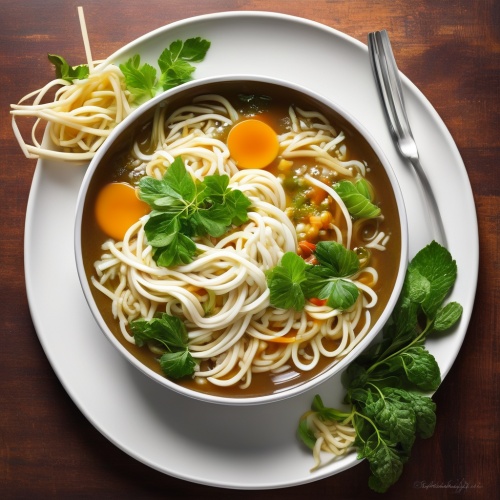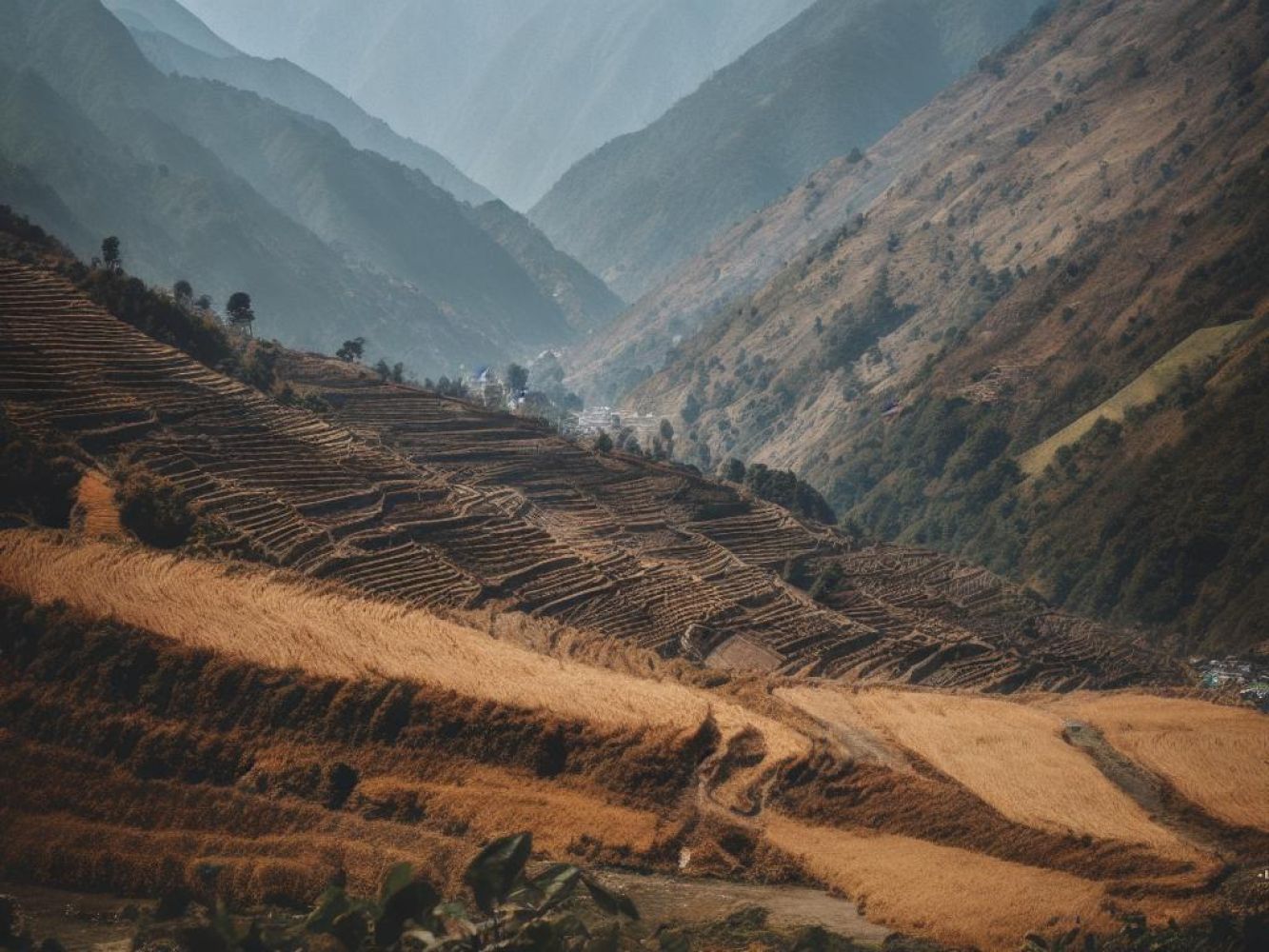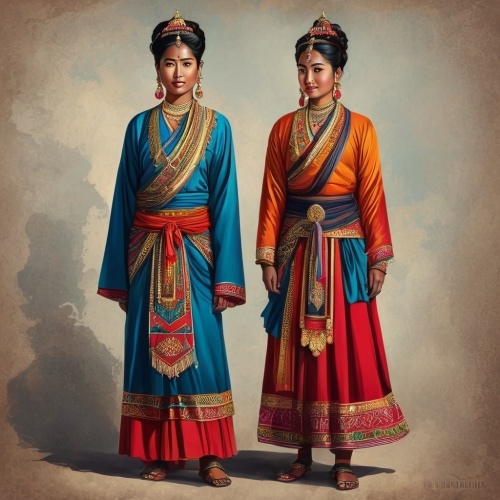Understand
Nestled in the east of Kathmandu lies the remarkable Ramechhap district. Stretching from the Tama Koshi to the base of the Everest range, this region offers breathtaking views and diverse landscapes. As you traverse the district, you'll encounter rolling foothills adorned with charming farming communities. These foothills are crowned by a majestic array of snow-capped peaks, leaving you in awe of their grandeur. Journey through the lush rhododendron forests and bamboo groves, getting tantalizingly close to the awe-inspiring Himalayan peaks. Along the way, you'll notice a change in the dominant religion, transitioning from Hindu to Buddhist. Ramechhap district, with its rich natural wonders and unique cultural heritage, is truly a paradise waiting to be explored. Discover the hidden beauty of this region as you embark on an unforgettable adventure.
Map & Climate
Popular Foods
 Dish: Dal BhatDal Bhat is the staple meal in Nepal, consisting of steamed rice (bhat) served alongside lentil soup (dal). The dal is cooked with various spices, making it rich, thick, and slightly spicy. The combination of fluffy rice and flavorful dal creates a satisfying and filling culinary experience. Meat is not typically included in this dish, making it predominantly vegetarian.
Dish: Dal BhatDal Bhat is the staple meal in Nepal, consisting of steamed rice (bhat) served alongside lentil soup (dal). The dal is cooked with various spices, making it rich, thick, and slightly spicy. The combination of fluffy rice and flavorful dal creates a satisfying and filling culinary experience. Meat is not typically included in this dish, making it predominantly vegetarian. Dish: MomoMomos are dumplings that originated from Tibet but are widely popular in Nepal. They come filled with different ingredients, such as meat (usually chicken, beef, or pork), vegetables, or cheese. The dough is prepared by mixing flour and water, then wrapped around the filling before being steamed or fried. Served hot, momos can be enjoyed as a snack, appetizer, or even a full meal.
Dish: MomoMomos are dumplings that originated from Tibet but are widely popular in Nepal. They come filled with different ingredients, such as meat (usually chicken, beef, or pork), vegetables, or cheese. The dough is prepared by mixing flour and water, then wrapped around the filling before being steamed or fried. Served hot, momos can be enjoyed as a snack, appetizer, or even a full meal. Dish: ThukpaThukpa is a hearty noodle soup that is highly popular in Nepal, particularly among the Sherpa people. It consists of warm broth, handmade noodles, and various toppings, such as meat (usually beef, chicken, or yak), vegetables, and garnishes like cilantro and green onions. Thukpa can be found in both Tibetan and Nepalese restaurants worldwide and is often enjoyed during winter months due to its warming properties.
Dish: ThukpaThukpa is a hearty noodle soup that is highly popular in Nepal, particularly among the Sherpa people. It consists of warm broth, handmade noodles, and various toppings, such as meat (usually beef, chicken, or yak), vegetables, and garnishes like cilantro and green onions. Thukpa can be found in both Tibetan and Nepalese restaurants worldwide and is often enjoyed during winter months due to its warming properties.




Comments
NO COMMENTS